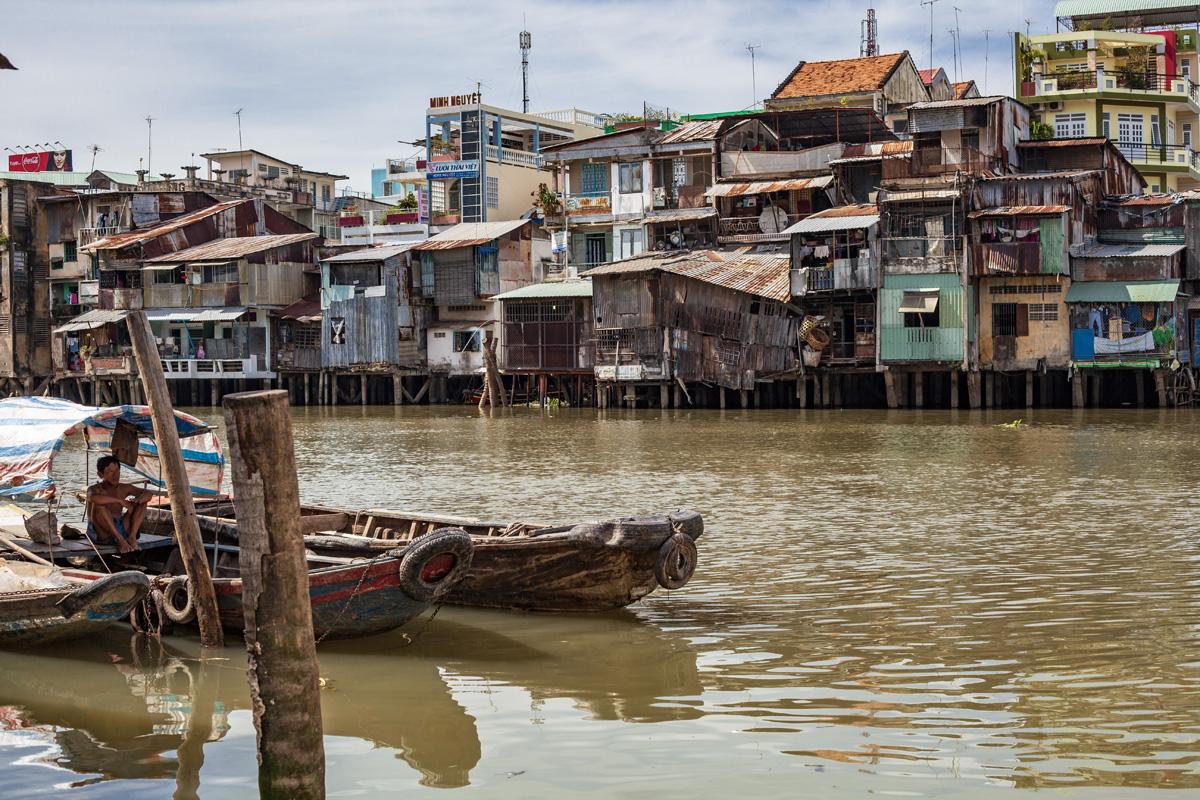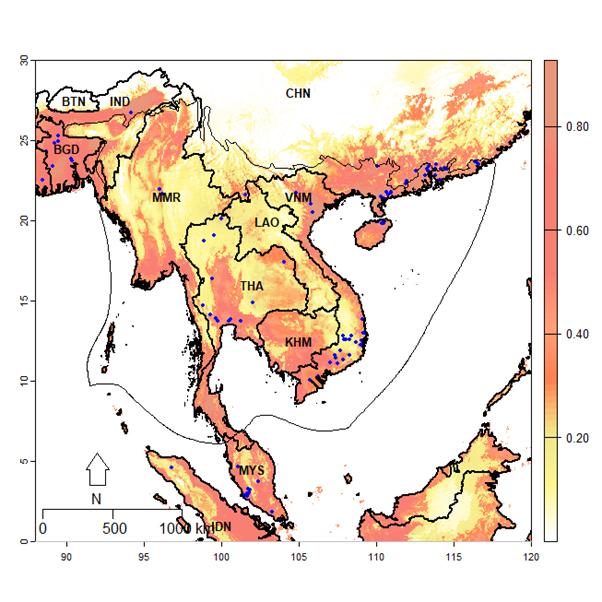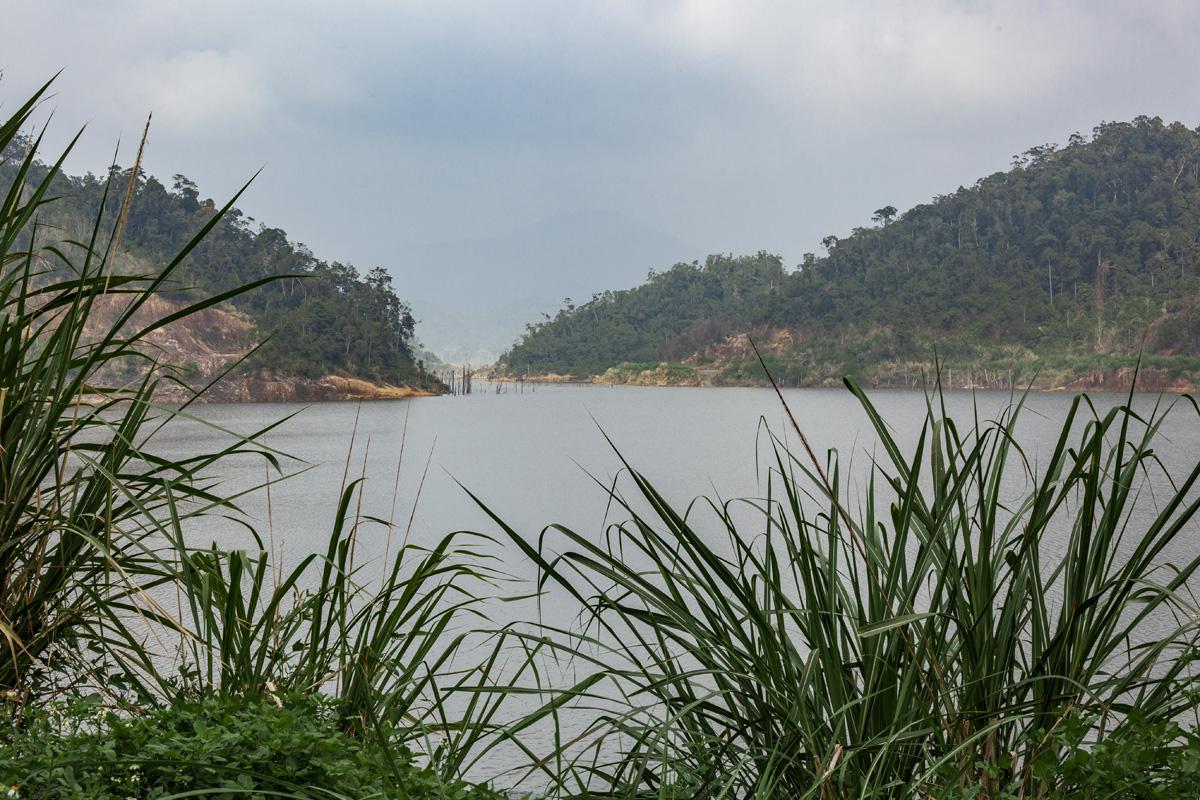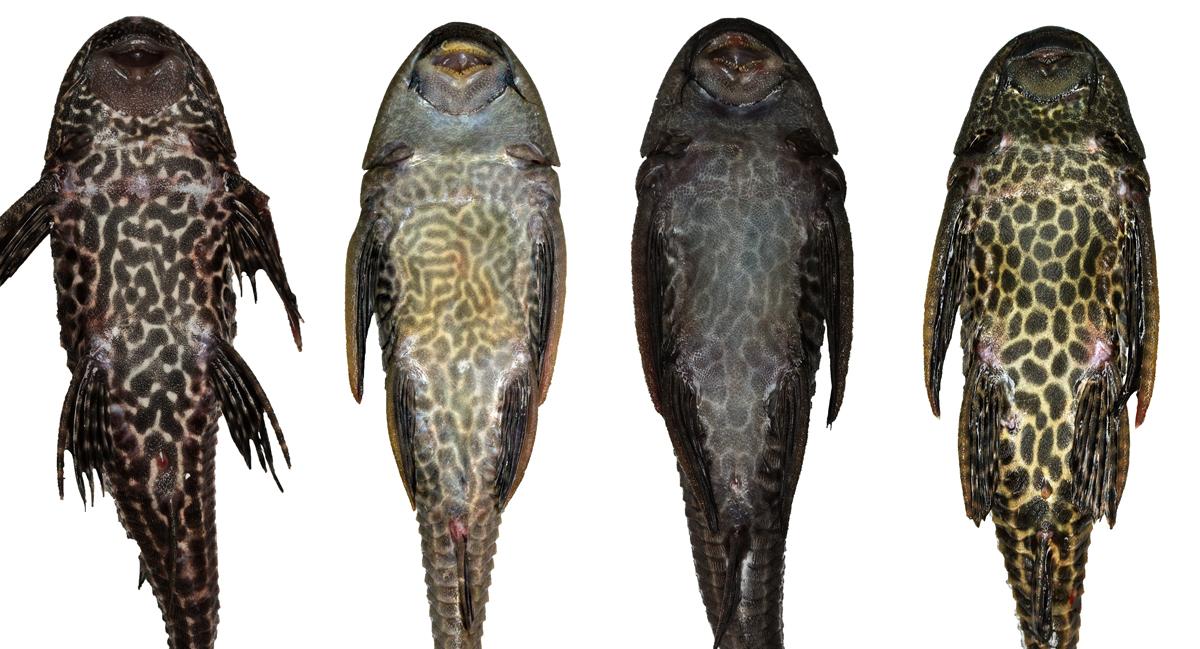
The Indo-Burma hotspot of freshwater biodiversity is one of the richest in the world, but the animals and plants that inhabit it face a serious problem of rapid degradation and habitat destruction. In addition to pollution, large-scale agricultural and industrial transformation of the environment, and excessive exploitation of water resources, alien species of animals and plants penetrating into the region in different ways make a serious contribution to the process of destruction of biotopes.

One of the most dangerous groups of invasive fish rapidly spreading in tropical freshwater habitats around the world, including Indo-Burma, is the South American catfish Pterygoplichthys spp. The main source of distribution of these catfish was the aquarium fish market. Once in new bodies of water, catfish successfully compete with local fish, and sometimes completely displace them. Due to the fact that armoured catfish dig deep burrows in coastal slopes, they provoke coastal erosion. All this becomes an important factor not only of the environmental, but also of the hydrological degradation of water bodies. Hard covers and sharp spines of the fins make these catfish almost invulnerable to predators and cause damage to fishing gear.

Photo by: Dmitry Zvorykin
In the Indo-Burman biodiversity hotspot, pterygoplichthys invasions have already been registered in Vietnam, India, China, Myanmar, and Thailand. Their populations are recorded in neighboring countries: Bangladesh, Malaysia, Singapore and Indonesia. There are no reports only from Cambodia and Laos, but most likely this is due to the lack of relevant research, and not to the lack of the fish themselves. A separate difficulty arises from the fact that the region is crossed by large transboundary rivers such as the Mekong. It is obvious that effective control of invasive species in such water bodies is impossible without international cooperation.

The current situation requires the development of methods for assessing invasion risks, adequate measures to prevent invasions and combat them in those reservoirs where invasion has already occurred. However, for effective cooperation between states in the region, it is necessary to conduct global assessments, compile databases throughout the region and, more broadly, throughout the world, as well as forecast the development of invasions and develop a unified concept for combating them. An important step in the implementation of such a program was taken by an international group of researchers, which included Dmitry Zvorykin, an employee of the Institute of Ecology and Evolution of the Russian Academy of Sciences. Based on the results of the work, the most complete database to date of all registered cases of detection of Pterygoplichthys spp was compiled. worldwide, including 4916 observations from 33 countries. A map of the current distribution of catfish in the Indo-Burma region and the world as a whole was also created. The most important result of the study is the analysis and forecast of the further distribution of armoured catfish in the Indo-Burma hotspot using a model based on the MaxEnt maximum entropy method.

The model showed that the entire Indo-Burma hotspot of freshwater biodiversity, with the exception of the Rakhine Range in western Myanmar and the Sino-Tibetan Mountains in China, is potentially suitable for the habitat of alien catfish and the formation of naturalized populations of these alien fish. Accordingly, the entire region is in dire need of conservation measures that should prevent the destruction of one of the most important hotbeds of freshwater biodiversity on the planet. The work formulates the main provisions of the plan for interstate control of invasive risks associated with the penetration of Pterygoplichthys spp. in the Indo-Burma hotspot.

The article was published in the journal Aquatic Conservation: Marine and Freshwater Ecosystems: https://onlinelibrary.wiley.com/doi/10.1002/aqc.4173
